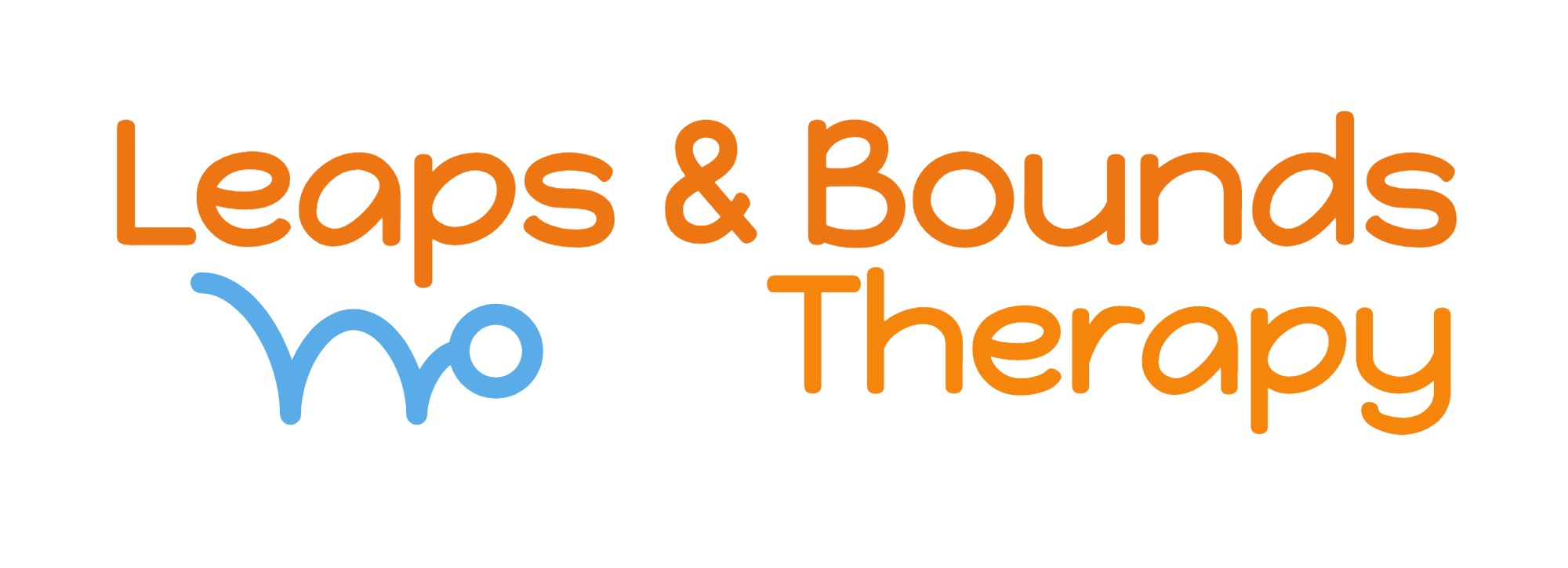Therapeutic Listening
Therapeutic Listening®, developed by Vital Links, Occupational Therapists, Sheila Frick and Colleen Hacker. It is a treatment tool and approach to intervention which uses sound stimulation in combination with a sensory integrative treatment approach. This method of intervention emphasizes vestibular stimulation in combination with sound, then superimposes postural and movement strategies to support individuals with sensory modulation and regulatory deficits, with auditory processing and vestibular/postural processing problems. Additionally, it is able to support the development of visual spatial and handwriting issues.
Therapeutic Listening®(TL) makes use of sound produced by a number of electronically altered MP3 discs during the intervention process. The discs vary in musical style, sound quality, and level of enhancement. They are based on some of the ideas and technology originally discovered and designed by Alfred Tomatis, Guy Berard, and Ingo Steinbach. TL incorporates sound as an essential aspect of a Sensory Integrative intervention approach for those with a specific type of Sensory Processing Disorder, one which involves a combination of auditory and vestibular processing challenges.
A therapist trained in Therapeutic Listening® creates individual listening programs in order to set up the intensive home listening program based on the client’s needs, goals, and objectives.
Therapeutic Listening® can support these issues:
- Increased Focus and Attention
- Better Moods
- Balanced Energy Levels
- Greater Tolerance to Noise
- Improved Sleep
- Better Handwriting
- Fewer Tantrums
- Less Anxiety
Research Supporting TL®:
The existing body of research on Therapeutic Listening presents positive findings regarding the use of Therapeutic Listening as a treatment tool embedded in a sensory integrative treatment approach. The studies identify multiple positive gains including improved attention, handwriting, ability to perceive and move through space, enhanced interaction with peers, greater ability to attend to and follow directions, improved sleep and wake cycles, and enhanced communication. The current research on Therapeutic Listening does support continued clinical use. Future well-controlled studies would expand and enhance the existing research.
